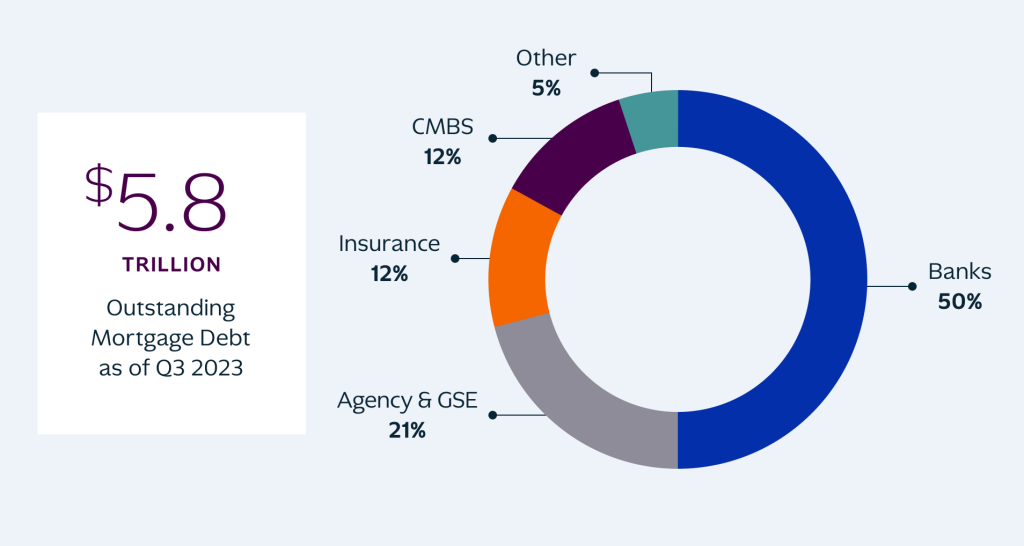Unrealized losses in the US banking system are surging again, as reported by the Federal Deposit Insurance Corporation (FDIC). The latest figures show banks are now burdened with over half a trillion dollars in paper losses, primarily due to exposure to the residential real estate market. The 2008 Crisis needed an 800B tax payer bailout to ensure the survival of the banking sector.
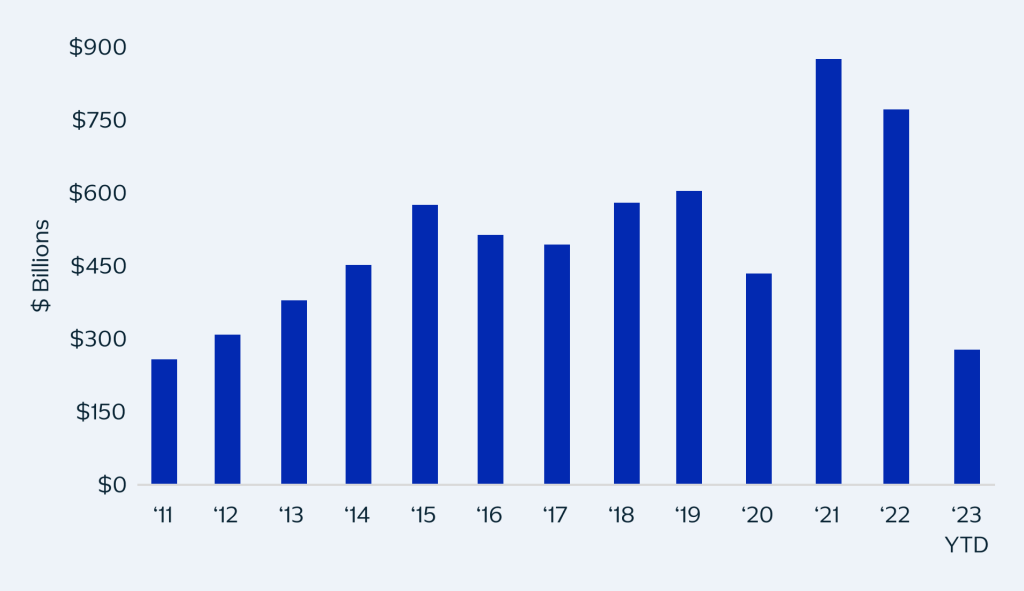
These unrealized losses, the gap between the purchase price of securities and their current market value, can remain off the balance sheet until the securities mature. However, they pose a serious risk when banks need liquidity, forcing them to sell at a loss.
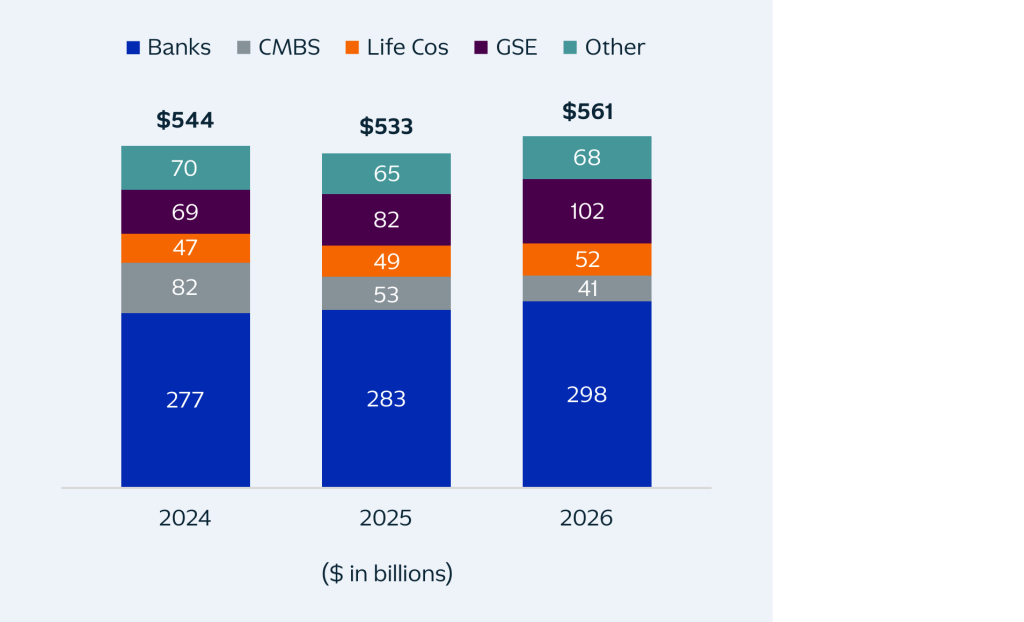
The FDIC’s report highlights a $39 billion increase in unrealized losses on available-for-sale and held-to-maturity securities, totaling $517 billion. The rise in mortgage rates has driven these losses, marking the ninth consecutive quarter of significant unrealized losses since the Federal Reserve began raising interest rates in early 2022.

Compounding these concerns, the number of banks on the FDIC’s Problem Bank List has grown. These institutions, identified by a CAMELS composite rating of ‘4’ or ‘5’, have increased from 52 in late 2023 to 63 in the first quarter of 2024, signaling a rise in financial instability.

The FDIC notes that these problem banks now represent 1.4% of all banks, a figure within the normal range for non-crisis periods but still troubling. The total assets held by these problem banks have also increased by $15.8 billion to $82.1 billion.

Although the FDIC asserts that the US banking system is not in immediate danger, it warns of the pressures from persistent inflation, volatile market rates, and geopolitical issues. These factors could lead to significant challenges in credit quality, earnings, and liquidity.
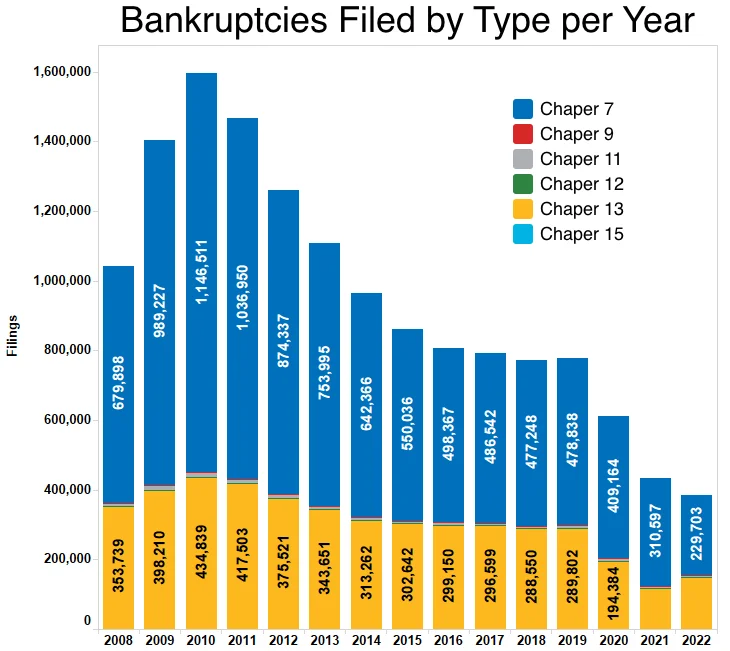
The potential threat to liquidity is particularly concerning in today’s high-interest-rate environment. Unlike the 2008 financial crisis, when interest rates were low, the current scenario sees banks grappling with higher borrowing costs and reduced profit margins.

Rising interest rates have devalued existing securities, leading to substantial unrealized losses. Should banks need to sell these assets to meet liquidity needs, they would have to realize these losses, destabilizing their financial health and possibly leading to a liquidity crisis.
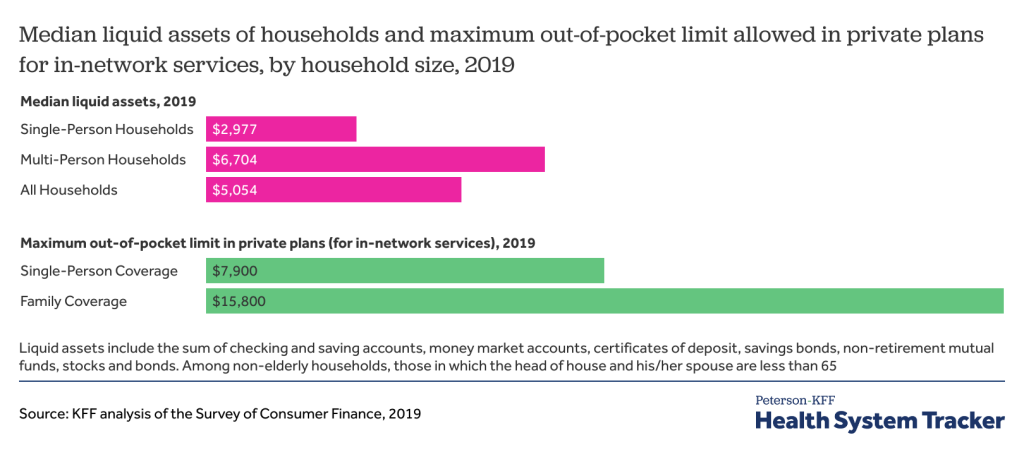
This situation could force a wave of asset sales at depressed prices, amplifying the financial strain on banks. The fear of another “too big to fail” scenario, where the failure of large banks necessitates government bailouts, looms large.

The combination of high unrealized losses, increasing interest rates, and economic uncertainty poses a significant threat to bank liquidity. While the FDIC continues its supervisory efforts, the potential for a liquidity crisis and the need for government intervention remain critical concerns.

